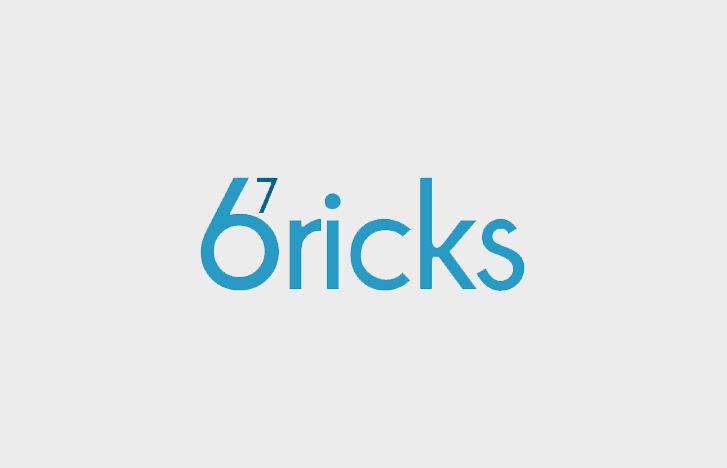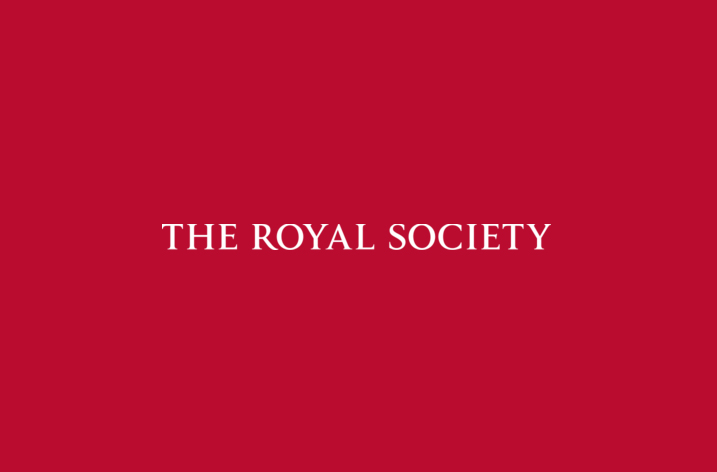
According to the Nature Index, collaboration between British and EU scientists increased over the four years prior to the UK’s Brexit vote.
The index’s data show that, on average, cross-channel partnerships were producing 26% more high-quality research in 2015 than in 2012, with the average collaboration score, as calculated by the Nature Index, increasing from 120 to 152. In contrast, the score for UK collaborations with the rest of the world has remained between 40 and 50 since 2012.
These findings are featured in the Nature Index 2016 Collaborations supplement, which highlights some of the most fruitful research partnerships between countries or institutions by measuring each partner’s contribution to collaborative papers in the 68 high-quality journals selected for inclusion in the index. It uses data from the Nature Index, which tracks the high-quality research of more than 8,000 global institutions. (See ‘About the Nature Index’ for full definitions of measures.)
The supplement reveals that 700 UK institutions collaborated with EU institutions in 2015 to publish papers in the high-quality journals in the index, up from 651 in 2012. Overall, the UK’s strongest ties in the EU were with Germany, followed by France, Italy, Spain and the Netherlands.
David Swinbanks, Founder of the Nature Index, said: “This Nature Index supplement shows that international collaboration is a consistent and rapidly growing feature of high-quality research worldwide. For the UK, this collaboration is increasingly focussed on Europe. It is not surprising therefore that the any uncertainty linked to Brexit is giving cause for concern.”
A report published by Digital Science in May, Examining Implications of Brexit for the UK Research Base, estimated that Brexit could create a £1 billion funding gap for UK researchers. The impact of this could be most acute for the UK’s leading universities. Nature Index data show that the universities of Cambridge and Oxford, for example, were the UK’s most enthusiastic collaborators with other EU countries, making up 48 of the 100 most productive partnerships between two institutions (one from the UK, one from the EU) publishing papers together in top journals. According to Digital Science, Cambridge receives 20% of its academic research funding from the EU, and Oxford 23%.
The French National Centre for Scientific Research has the highest overall average collaboration score, followed by Italy’s National Institute for Astrophysics, the European Organization for Nuclear Research (CERN), the Chinese Academy of Sciences and the Max Planck Institute. The National Aeronautics and Space Administration (NASA) is sixth. Harvard University and the Massachusetts Institute for Technology (MIT) lead the global tables for the most productive collaboration between any two institutions worldwide. At a national level, the partnerships between the United States’ and China’s institutions produce more high-quality research than any other.
More information about the Nature Index is available at natureindex.com.























